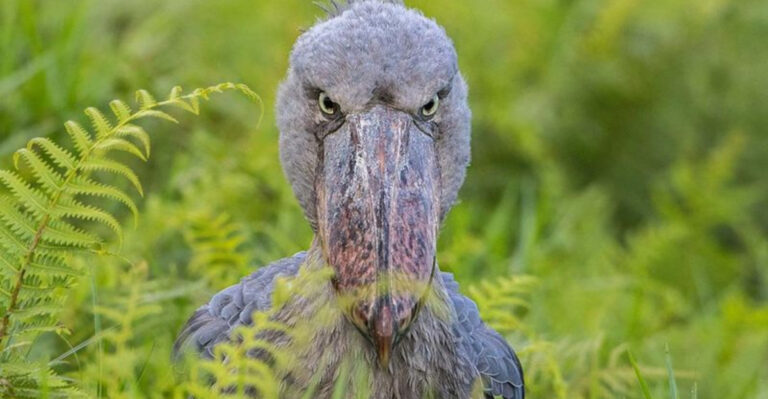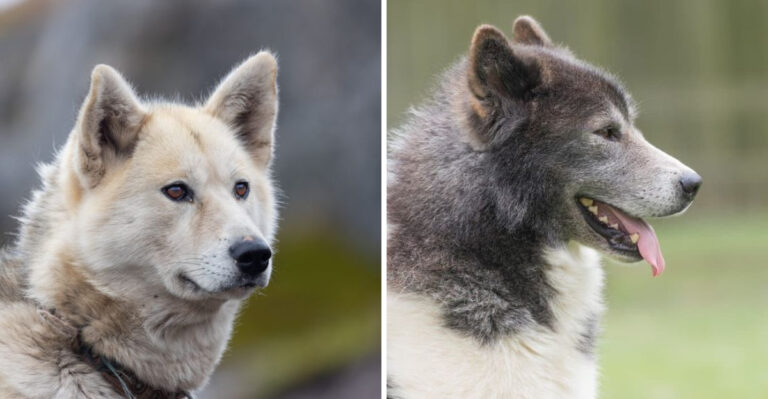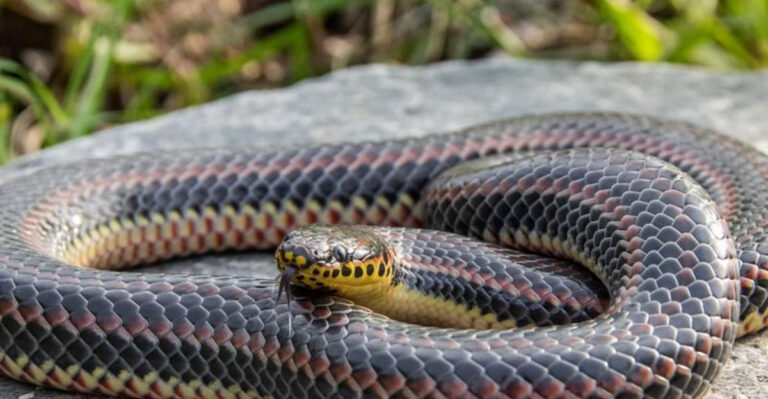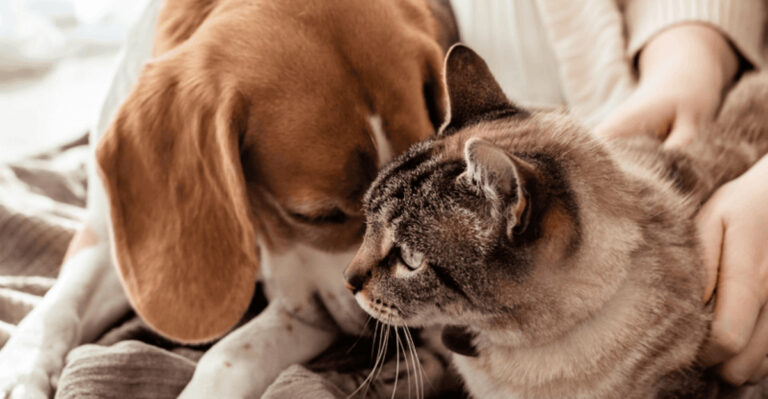10 Signs It’s Too Cold For Your Cat To Be Outside
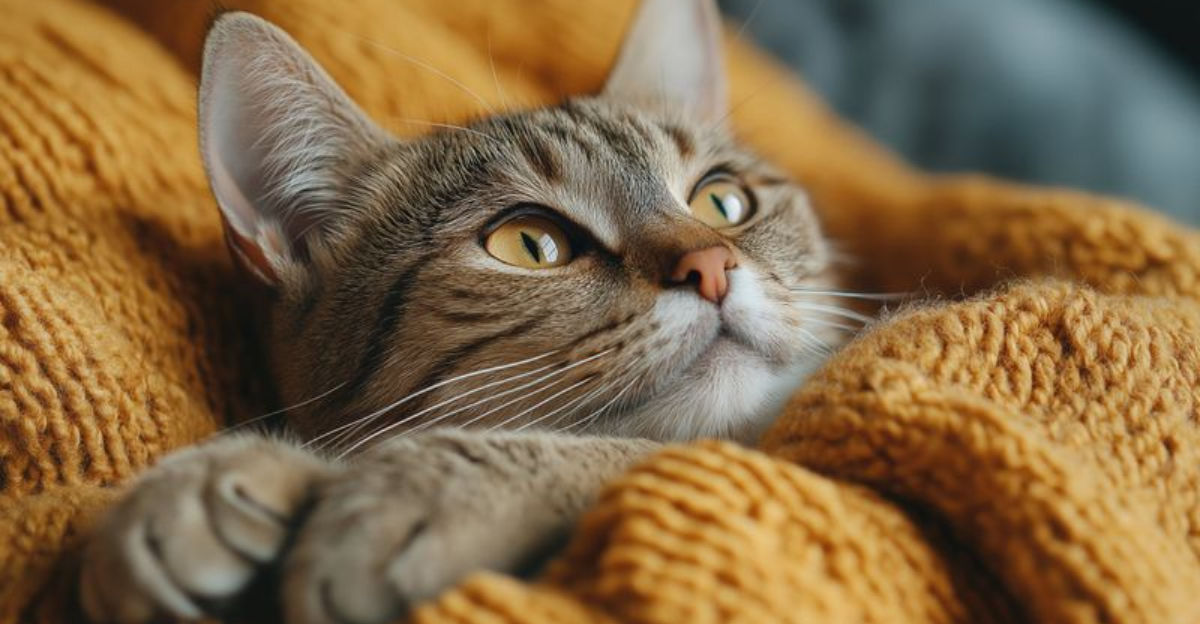
Once winter graces us with its icy touch, it’s not just humans who feel the chill. Our feline friends may love to venture outside, but there are certain signs that suggest it’s time to bring your cat indoors. Understanding these indicators can prevent discomfort and even serious health issues.
This guide will help you recognize when the great outdoors becomes too hostile for your beloved pet.
1. Shivering And Trembling
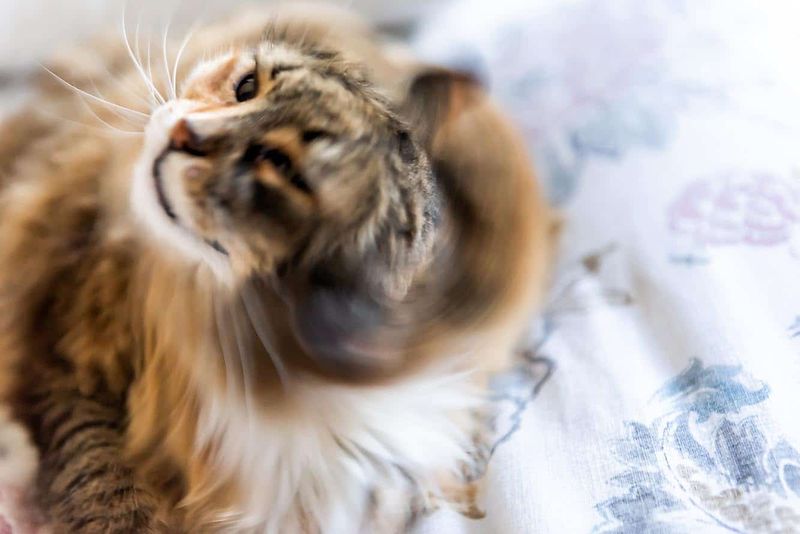
The subtle shake of a shivering feline is more than just a cute quirk; it’s a clear indicator that your cat is feeling the chill. Shivering is a natural response to cold temperatures, as their muscles contract to generate warmth. If you notice your cat trembling, it’s a sign that their body is working overtime to stay warm.
In cases where shivering continues or is accompanied by lethargy, it’s crucial to take action. Bringing your cat inside to a warm environment is essential to prevent hypothermia. Cats are known for their resilience, but their small bodies can only handle so much before they start to suffer.
Providing a cozy spot with blankets or a heated cat bed can make all the difference. Remember, even if your cat is typically independent, they rely on you when the weather turns harsh. Keep a close eye on their behavior and ensure they have a warm retreat.
2. Paw Lifting
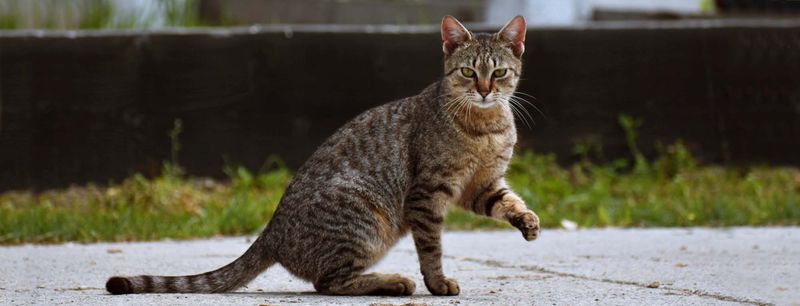
When the mercury dips, the ground becomes a frozen expanse that can be harsh on your cat’s sensitive paws. One telltale sign that it’s too cold is when your feline companion starts lifting their paws off the ground. This behavior is a clear signal that the cold surface is causing discomfort or even pain.
Cats have delicate paw pads that are susceptible to frostbite and cracking in severe cold. If you observe your cat frequently picking up its paws, it’s time to guide them indoors. The cold might be more than just a nuisance; it could be damaging.
Providing protection in the form of booties or simply keeping outdoor time to a minimum can greatly help. Additionally, regularly checking their paws for any signs of injury or frostbite is a practical step in ensuring their well-being.
3. Seeking Shelter
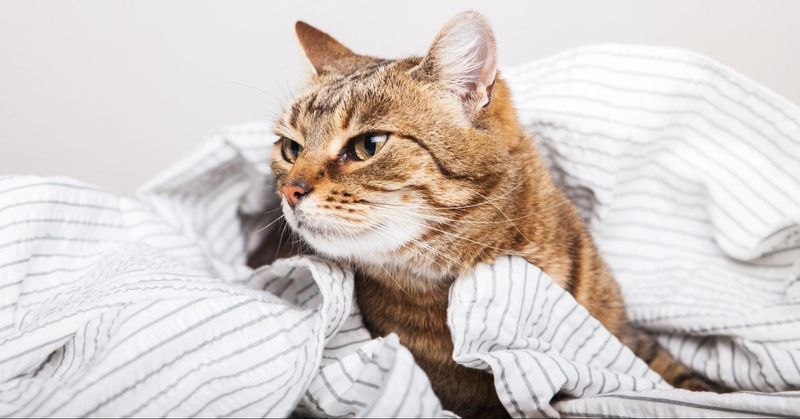
When cats start seeking shelter more frequently, it’s a signal that Mother Nature’s icy grip is too much for them. Whether it’s under a porch, inside a shed, or nestled in the garage, these retreats are a sign they’re trying to escape the freezing temperatures.
A cat that habitually loves exploring might suddenly retreat to warmer spots, indicating discomfort with the current weather. This behavior should alert you to the possibility that it’s too cold outside.
You can assist by ensuring safe, warm spaces are available for them at home. Cozy blankets and insulated spaces are ideal for providing warmth and comfort. Observing their behavior and responding with warmth can keep them safe and snug.
4. Reluctance To Go Outside
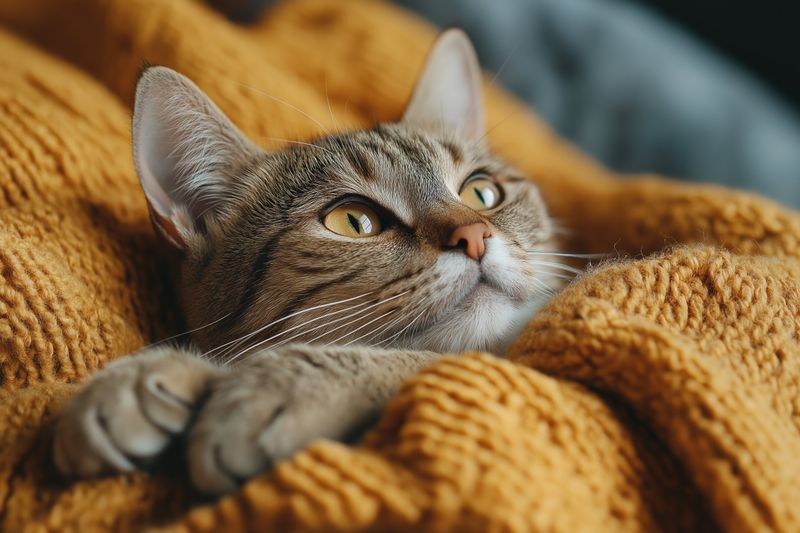
When your furry friend seems to hesitate at the threshold or outright refuses to step outside, it’s a red flag that it might be too chilly for comfort. This reluctance is a natural response to the biting cold that they sense.
Cats are creatures of habit, and any change in their usual enthusiasm to explore should be taken seriously. A drop in their usual zest for outdoor adventures is often a clear indication of harsh weather conditions.
To keep them engaged and active, consider indoor play alternatives. Interactive toys and engaging activities can keep their spirits up. Remember, their reluctance is their way of saying the climate isn’t suitable for exploration.
5. Visible Breath
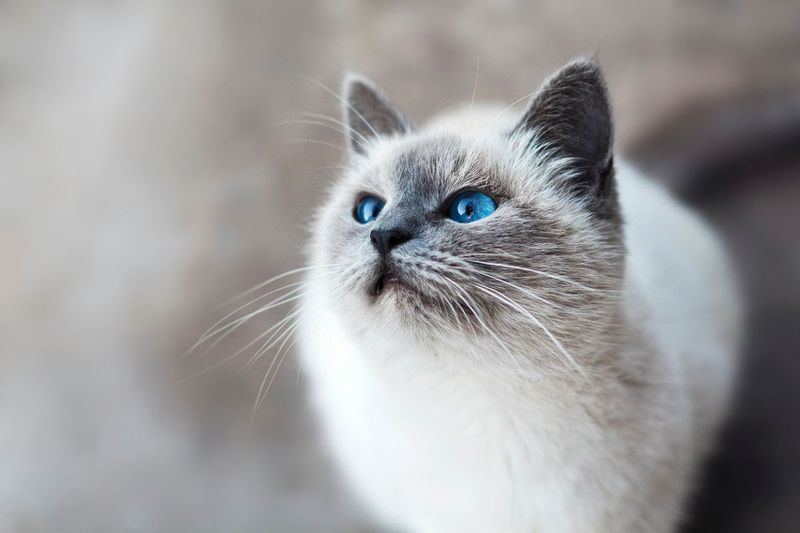
When you see your cat’s breath in the air like miniature clouds of vapor, it’s not just a magical sight but also a sign of how cold it truly is. The visible breath is a result of warm air from their lungs meeting the chilly external environment, causing condensation.
This phenomenon typically occurs in frigid temperatures and signals the need for warmer accommodations. Your cat’s small body has to work extra hard to maintain its core temperature, making the cold more taxing.
Offering a warm indoor environment and ensuring they spend minimal time outside during such conditions is advisable. Keep an eye out for other signs of discomfort, as visible breath is just one of the many indicators.
6. Huddling And Cuddling
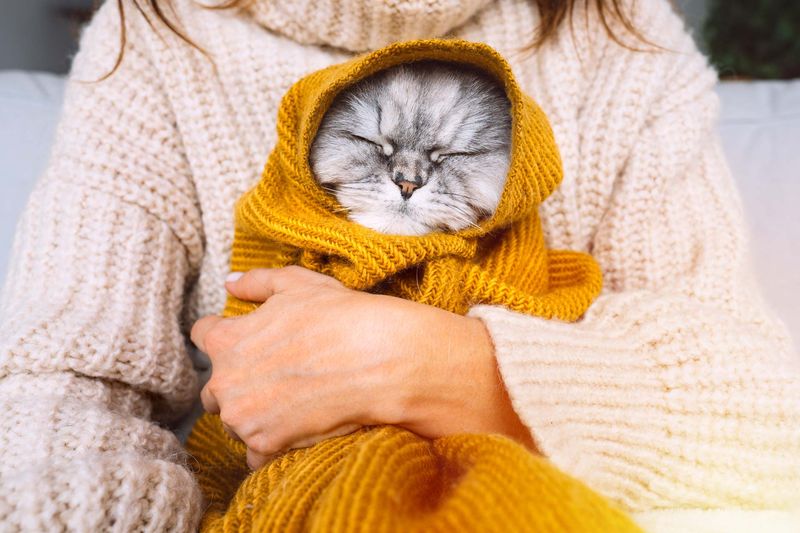
Social creatures when they want to be, cats often use body heat to stay warm. If you notice your cat huddling up with other animals or cuddling excessively, it could be a strategy to conserve warmth.
While this behavior might seem adorable, it’s also indicative of their attempt to shield themselves from the cold. In cases where your cat becomes unusually clingy or seeks constant warmth, it might be a sign they’re feeling the bite of winter.
Offering warm bedding or a heated pad can provide comfort and show them they’re cared for. Understanding their need for warmth can turn a chilly situation into a cozy one.
7. Decreased Playfulness
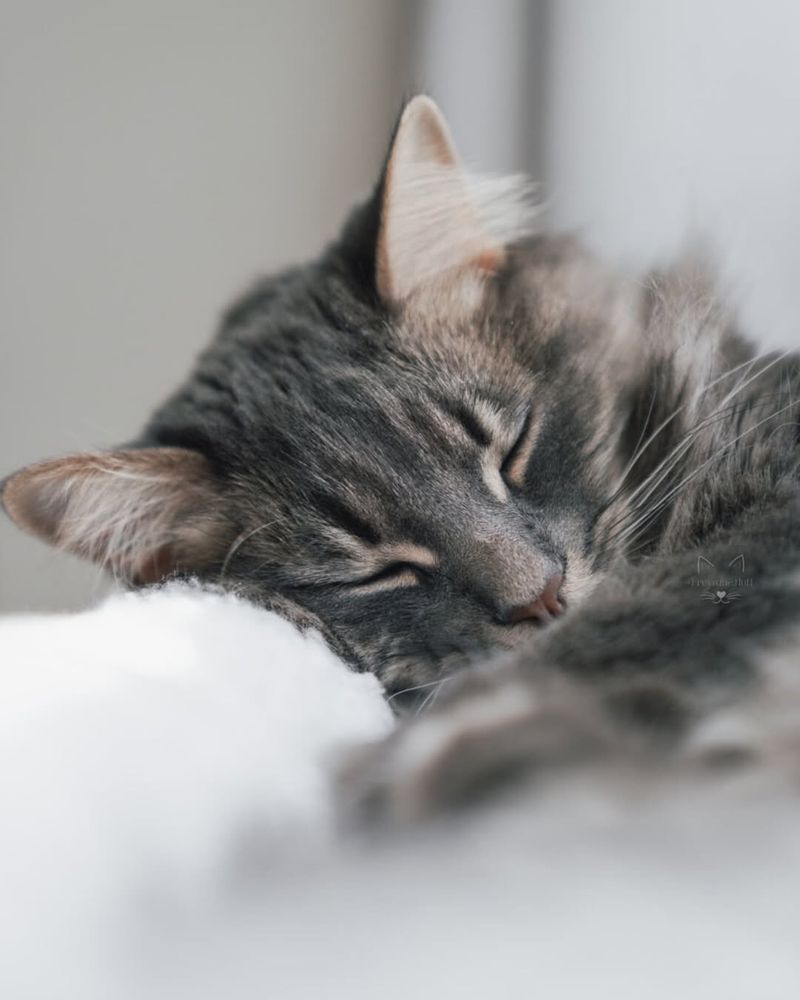
Playfulness is a hallmark of a happy and healthy cat. When the cold starts to sap that energy, it’s a clear indication they’re not comfortable. A decrease in playfulness often signals that the cold is taking its toll on their energy levels.
Cats may become lethargic or less interested in their favorite toys when they’re too cold. This behavior is a crucial sign that they need to conserve energy for warmth rather than play.
Creating a warm and stimulating indoor environment can help counteract this drop in activity. Interactive toys and gentle encouragement can rekindle their playful spirit, making the indoors just as exciting as the snowy outdoors.
8. Excessive Grooming
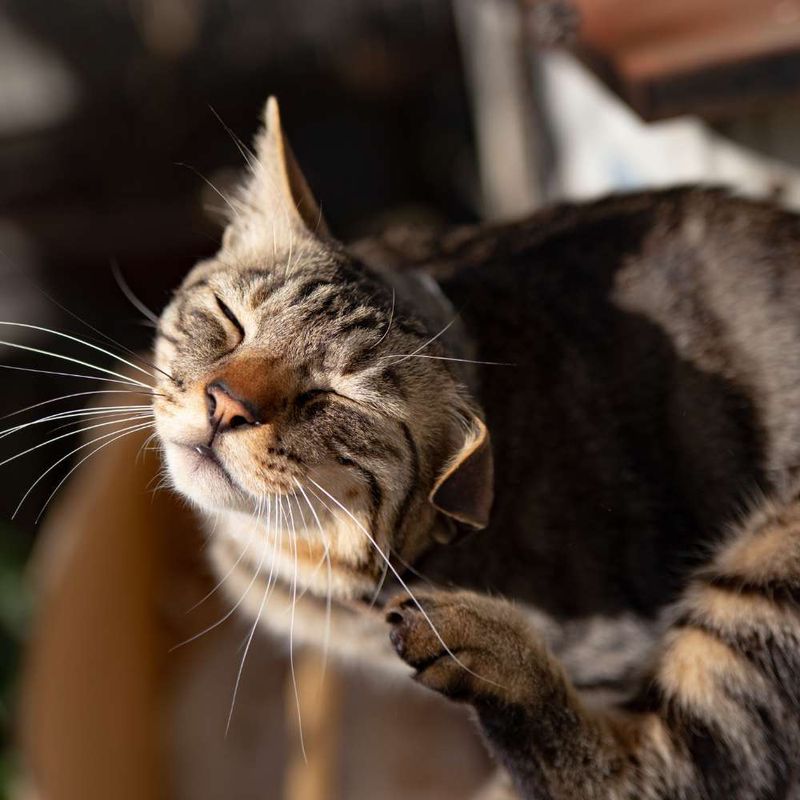
A cat that devotes an unusual amount of time to grooming, especially their paws, might be trying to warm themselves up. Grooming increases circulation and can help generate warmth, but excessive grooming can also lead to skin problems.
This behavior often increases in cold weather as they instinctively try to manage their body temperature. While grooming is a natural activity, too much can indicate they’re struggling with the chill.
Providing a warm environment and monitoring their grooming habits can help mitigate any issues. Ensuring they have warm spots to retreat to can reduce the need for excessive self-warming methods.
9. Whisker Frost
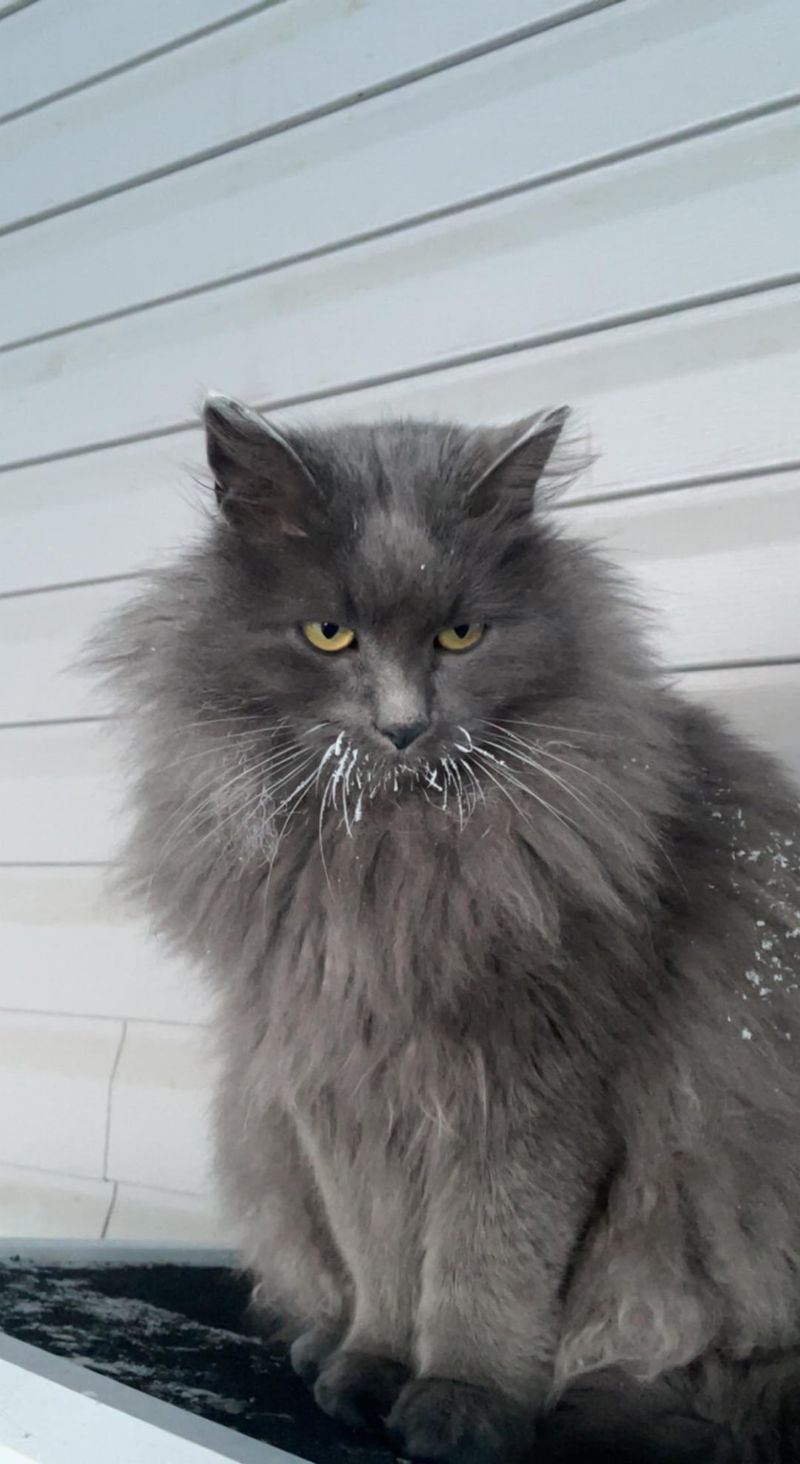
Whisker frost is a whimsical yet telling sign that it’s too cold for your cat. When moisture from their breath or environment freezes on their whiskers, it indicates extreme cold.
This frosty adornment might seem amusing, but it’s also a signal that temperatures are harsh. Cats are resilient, but frost on their whiskers means the conditions could be detrimental.
Bringing them indoors where it’s warm is essential in such cases. Doing so not only prevents discomfort but also protects them from potential health risks associated with prolonged exposure to extreme cold.
10. Nose And Ear Coldness
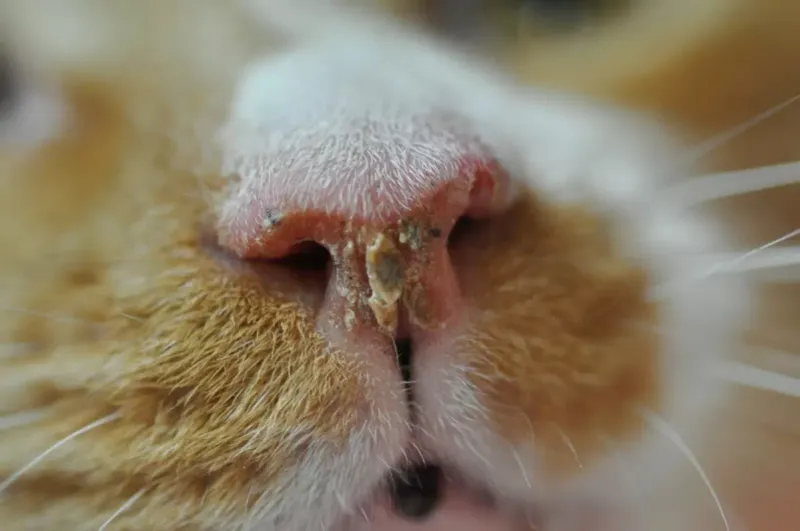
When your cat’s nose and ears feel like tiny ice cubes, it’s a telltale sign that they’re feeling the cold. These extremities are more susceptible to temperature changes and can get frostbitten if exposed for too long.
Cats might seem unbothered at first, but their physiology reveals what they cannot express. Cold ears and noses should alert you to adjust their environment immediately.
Warming these areas with gentle strokes when they come indoors can help. Ensuring they have limited exposure to the cold and offering a warm refuge can prevent this chilling sign from becoming a health issue.

